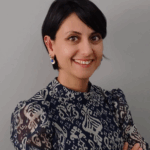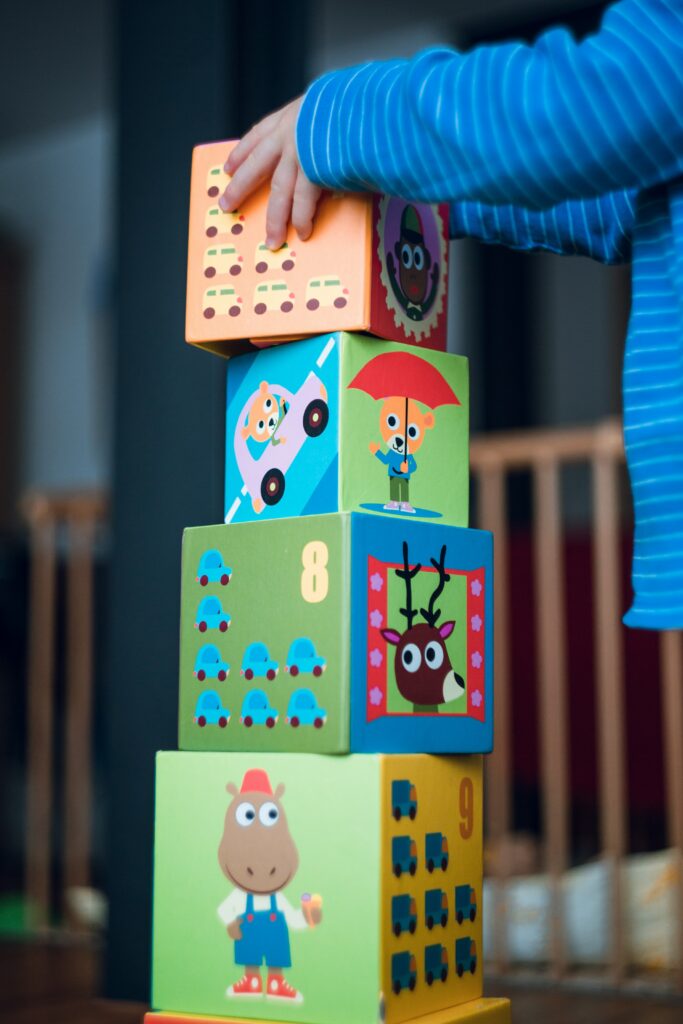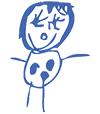EECERA Conference 2025 – Guest Blog # 8: Enhancing Science Process Skills in Early Childhood
Posted 6th August 2025
One of a series of short blog posts by presenters who will be sharing their work at the upcoming annual conference in Bratislava, Slovakia. Any views expressed in this post are those of the author(s) and do not necessarily reflect the official stance of their affiliated institution or EECERA.
Enhancing Science Process Skills in Early Childhood through Dialogic Reading and Group Experiments

By Dr. Esra Doğanay Koç, Uşak University, Department of Preschool Education

Photo by Markus Spiske on Unsplash
As a researcher deeply invested in early science education, I’ve long been intrigued by how young children make sense of the physical world. Physics, often considered abstract and complex, may seem an unlikely subject for preschool classrooms. Yet through playful, inquiry-based methods tailored to their developmental level, children are remarkably capable of exploring scientific phenomena. My recent research explores exactly this: how dialogic reading combined with group experiments can enhance science process skills in 5- to 6-year-old children.
Why Physics in Preschool?
In early childhood education, science is typically introduced through nature-based or biology-related themes. Physics, on the other hand, is often overlooked. However, physics concepts are deeply embedded in everyday experiences — from rolling balls to pouring water — and provide rich opportunities to cultivate children’s curiosity, reasoning, and observation skills.
Recognizing this, I designed a program that integrates dialogic reading with group experiments, focusing specifically on fundamental physics concepts. The aim was not just to teach facts, but to develop children’s core science process skills — observing, predicting, measuring, questioning, and communicating.
Research Design and Implementation
The study employed a quasi-experimental design with pre-test and post-test evaluations and involved 61 children in total (31 experimental, 30 control). Eight picture books aligned with U.S. physical science content standards were selected, and sessions were designed to follow a two-phase model:
1. Dialogic reading sessions to introduce and discuss scientific concepts through story.
2. Group experiments aligned with the book content, encouraging hands-on engagement and peer collaboration.
Small groups of 10–11 children enabled richer interaction, individualized attention, and meaningful dialogue. Importantly, the children were not passive recipients of information but active participants in constructing knowledge.
Why This Matters
The findings reveal significant improvements in the experimental group’s science process skills. More than that, the study highlights the power of integrating storytelling with scientific practice. Dialogic reading creates a context for curiosity and imagination, while group experiments allow children to physically interact with materials, test hypotheses, and make sense of cause-and-effect relationships.
This dual-method approach supports the development of both cognitive and socio-emotional skills: critical thinking, communication, cooperation, and scientific reasoning. These are essential competencies for the 21st century and should be intentionally nurtured from the earliest years.
Relevance for EECERA Audiences
My EECERA presentation will delve into the design of the program, the assessment tools used, and the detailed outcomes observed. Attendees can expect to learn how to combine dialogic reading techniques with collaborative experimentation in developmentally appropriate ways — and how these strategies can be embedded into preschool curricula.
This research may particularly interest:
– Early childhood educators seeking hands-on science strategies
– Curriculum developers focused on STEAM integration
– Researchers exploring inquiry-based learning or classroom dialogue
– Policymakers interested in evidence-based approaches to early science education
A Broader Mission
Ultimately, this work is part of a broader mission: to demystify physics in early years, to empower teachers with practical tools, and to position young children not just as learners of science, but as doers of science. Children are natural scientists — curious, hands-on, and eager to explore. It’s our responsibility to provide the frameworks and environments that allow them to flourish.
If this resonates with your own research or teaching interests, I would love to connect and exchange ideas. You can reach me at dgnyesra1991@gmail.com or on LinkedIn at linkedin.com/in/esradoganaykoc.
Let’s keep the dialogue going — about dialogue itself, and its power to shape the future of early science education.
Dr. Esra Doğanay Koç, will present work referred to in this blog in Symposium Set D (Wednesday, the 27th of August). (Schedule liable to change; please refer to final programme for details).
